|
Many years ago I bought a sketch pad from Aaron Brothers art store and began to record some of the unique features of the Arizona countryside on paper with pen and ink. The Strathmore 300 Series includes a very fine quality paper in the 11" x 14" size which is perfect for mobile sketching and outdoor impressions. One of the scenes captured in this manner I entitled "Arizona Landscape," painted with acrylics on a similar size Masonite panel which I had primed with acrylic gesso. Rather than using the smooth side, I opted to paint on the rough-textured side of the panel, allowing for a more painterly feel as if painting on the surface of a prepared canvas. While I liked the overall appearance of the finished result, I have to admit that the rough texture made the process of painting more difficult and time consuming in order to achieve the desired results. Blending colors and shading various areas can be performed with greater ease on smooth surfaces. Still it is fun to experiment a bit with various textures and to explore the full extension of possibilities when trying to capture what the eye sees or what the soul feels. Often in Arizona you gain the impression of entering into some secluded palace of breathtaking desert colors surrounded by rugged mountains, a place where singular beauty seems to capture the heart and make time stand still. This particular scene represents one of those moments where the observer may easily become transfixed by the evolving pattern of rocks, trees, rolling hills, distant mountains and mystical horizons along the edge of the Arizona landscape.
0 Comments
Exotic Shapes and Colors Upon Wood Grain Sometimes it is fun to experiment with different grounds for an acrylic painting, searching for a suitable surface beyond the typical canvas or heavy duty artist's stock. With this painting I found that the grain structures on a wood surface can provide perfect shapes and textures for an imaginary scene in an atmospheric island setting. Back in the 1960's I remember watching a television program entitled "Adventures in Paradise" which featured the exotic tropical beauties of the South Pacific. Even in Southern California along the coastline and in Southern Florida along the Keys one may come face to face with the allure of the ocean environment and the unique colors of seascapes and stretches of sandy beach. This particular set of patterns on wood grain sparked an imaginative blend of shapes, colors and "island euphoria." When acrylics are diluted with water they often act like wood stains as utilized in the making of fine furniture or wood products. The artist can obtain some very subtle effects by working with the textures and patterns observed and highlighting certain areas via lighter or darker hues. I added some further points of interest by using acrylic gesso and white paint in a stippling technique, almost reminiscent of the French pointillist painter Georges Seurat (1859-1891), one of my favorite artists. The gloss acrylic medium provides a nice sheen to the overall picture, but you can also obtain an evocative dry effect by designating certain areas as alternative contours painted with matte medium to vary the visual characteristics of the scene. An improvisation upon the theme of hiking in Arizona while exploring a canyon north of Tortilla Flat. Many years ago a friend revealed this site to me as we traversed the entire length and breadth of this natural corridor along the desert landscape. I would guess that the entire length of the canyon is several thousand feet, bordered by sheer walls which must ascend up to 400 or 500 feet. It had rained days before we made our journey and we discovered small rivulets of cool water which could barely be called a stream, lined with yellow-green lichen and moss, meandering through the floor of the canyon. There were pools of dark water which reflected the brilliant orange sunlight from above, giant boulders which you had to jump across, and an impression of ancient permanence in the majesty of this place. I recalled the mysterious beauty of Claude Debussy's "The Sunken Cathedral" as we hiked along the vast corridor stretched out before us. The area toward the south of the canyon opens up and allows a more spacious view of the surrounding desert landscape. When you climb back up toward the roadway above and then look down to see where you have been, you almost cannot believe the extraordinary depth and size of this area. It is truly a breathtaking journey well worth the time and effort it takes to fully explore this magnificent environment.
Performed upon my vintage 1930's Hohner Regina VI accordion, a 4/5 reed instrument in LMMM configuration. Two previous videos have featured improvisations which explore impressionistic themes associated with this canyon. "Lyric Poem for Accordion" posted 2/6/2014 with my vintage Iorio (video length 8:34) and "Fanfares & Reveries for Vintage Hohner" posted 9/13/2011 (video length 5:08) This video provides another example of what I call "painting with reeds" or imagining space, form, line, rhythm and color via the impressionistic music of a vintage accordion. Arizona is a special place for outdoor adventures including hiking, sightseeing and day-trips. Years ago I was brought face to face with an extraordinary canyon just north of Tortilla Flat, Arizona. A friend who once worked as a Forest Ranger showed me this location and we spent the entire day exploring the majesty of the Arizona landscape. Improvisation gives the musician an opportunity to record feelings and impressions which may otherwise be inexpressible or unsearchable. In this music I am recording both the majesty and the wonder of this remarkable area, utilizing the reeds of the instrument as my orchestra. There is often a pulse or breath of life which animates the scenery and vistas of a particular location, a sense of Divine handiwork which captures our imagination and may hold our interest for hours or days afterwards. In this case, I am remembering the vast perspectives and colorful details as seen from both below and above the canyon's corridors, as if the entire picture could be displayed via the textures and phrases of music. Manufactured in 1938, the Hohner Regina VI features a unique sonic signature which often reminds me of the power and characteristic versatility of a large pipe organ. I owe a debt of gratitude to my friend Jerry who tuned and restored this instrument, replacing worn parts and adjusting the inner mechanism to achieve remarkable results. Here is a 76 year old instrument which still speaks in a rather poetic and artistic manner, allowing the musician to "paint" via a set of extraordinary German reeds, providing a picture which remains indelibly etched in one's visual, tactile and sonic memory. Accordion Impressions: Along a Country Road An improvisation reflecting upon memories of a day hike along Possumtown Road in Piscataway Township, New Jersey in 1958 or 1959. My friend Bobby and I were Cub Scouts invited by the local Scoutmaster to attend a day hike with about 8 or 10 other Scouts along one of the country roads in rural New Jersey. We started out early in the morning on either a sunny Spring or Summer's day, traveling south to Cedar Avenue by crossing the railroad tracks of the Jersey Central and Erie Lackawanna lines and following the rural road to Possumtown Road where we began to travel eastwards along a two-lane country road heavily surrounded by densely wooded forests. It was a clear and breath-taking morning, dotted with wonderfully colorful scenes and crisp aromas of the country outdoors. We walked beneath a railroad overpass made of stone and steel and then continued our adventurous trek down this lovely country lane. Here and there were simple fields dotted with wildflowers, filled with butterflies, sometimes adjacent to crops and rows of tall corn bordered by tall weeds and the tangles of nature. We took great delight in the fabulous adventure of the day, enjoying the sights, sometimes slowing our pace to take in the abundant details spread so enchantingly before our impressionable eyes and senses. Across from an old stone house, someone had tied a small goat to a metal post. The little fellow greeted us with warm affection and we tarried just a moment to pet him and admire his quaint hideaway tucked next to the verdant wilderness. Somewhere down along the road, our leader asked us to pause and find a place to eat our lunches in the vicinity of a beautifully still pond strewn with rocks and green ferns. We took a well-deserved rest and enjoyed our hand-packed lunches, admiring the quiet stream and feeling the full nourishment of both the food and the spirit of the moment. When the time came to leave, we headed back the same way we had entered this lyrical domain, looking forward to begin our trek homewards and to share our adventures with our respective families. Today this area has been substantially changed, although Possumtown Road is still there in a four-lane version with a small length of the original two-lane design left in place. Now the vicinity is populated by light industrial buildings, commercial factories, parking lots and condominiums, all bordered by the fast-moving freeway known as Highway 287. There are some thickly wooded pockets of forest still situated along Possumtown Road, along with the remnants of a small pond and a nicely landscaped park. But the two-lane country road which we once traversed has been radically altered, probably no longer to be recognized through modern eyes.
Program notes: The opening theme begins at 00:14 and is quickly followed by a development section, continuing with still more development at 00:52 and the shift to stronger bass and a stirring sense of majesty at 01:26. The full master register sounds at 02:00 with a brief coda at 02:22. At 02:23 a quieter episode begins with the bassoon register, then the clarinet register at 02:44, leading to another quiet closing figure at 03:06. At 03:08 the violin register speaks, then the musette voice and a repeated development section. Further development takes place at 03:51, with the bassoon register bringing forth the lower notes in the treble section at 04:07 and a "walking bass" phrase displayed via the bass section. At 04:25 an introspective portion ascends to the fore, with the full master again introducing the original theme and development at 04:40. At 05:03 there is an impressionistic portrayal of climbing notes, as if one is reaching, walking, dreaming and marching all in continuous order. The ending portion begins at 05:21 with the closing chord heard at 05:31 until the final sounds fade away. Performed upon my vintage 1950's Scandalli accordion, a 4/5 reed instrument in LMMH configuration. The keyboard length is 17 inches. This accordion was given to me as a gift from friends around the year 2000. USA and Canada Copyright Disclaimer Under Section 107 of the Copyright Act of 1976, allowance is made for fair use for purposes such as criticism, comment, news reporting, teaching, scholarship, and research. Fair use is a use permitted by copyright statute that might otherwise be infringing. Non-profit, educational or personal use tips the balance in favor of fair use. This video is made solely for the purpose of study, review or critical analysis purposes only. I call this "Painting with Reeds" because I love the evocative sounds of these vintage Italian reeds. In the same way an artist would paint with a full range of impressionistic colors or in an impressionistic style, I find that the reed voices of a good accordion are capable of creating an atmospheric environment readily descriptive of an event, a person, a time, a mood, a specific setting or a range of ideas. 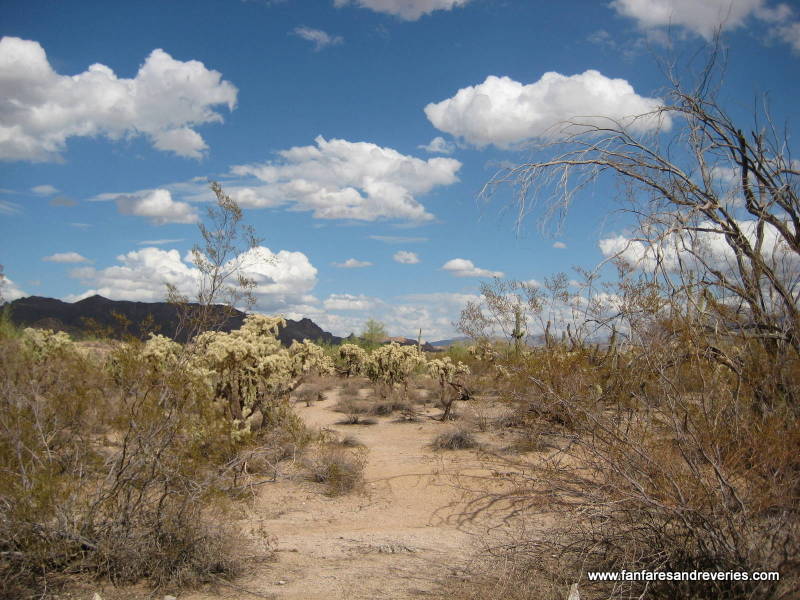
There are windswept days in the Arizona Desert where seemingly every color of the spectrum may be examined upon close inspection. This particular area is just north of McKellips Road and Crismon Road in East Mesa, an area where Usery Mountain Regional Park stands adjacent to Tonto National Forest. After a period of seasonal rain, it is amazing to see how green this area becomes, bursting with lime-green, yellow-green, emerald green and dozens of other varieties of spectacular hues. When the desert is dry, one notices the rust-colors, the tans, the yellow ochres, the bleached greys, faded green hues and ashen rocks. The wildlife also exhibits great variety of color, from flashy iridescent hummingbirds to motley colored songbirds and rustic desert quail. Once I visited a Park nearby and witnessed Harris hawks sailing high overhead, looking like noble black falcons on a cerulean blue sky. I am reminded of a phrase coined by American artist Wolf Kahn, a gifted painter and fantastic landscape artist. Kahn once told a group of Drew University art students that he was intrigued by "the tangles of nature," those outdoor spectacles we notice when we truly study and observe the natural environment which surrounds us. The Arizona Desert is indeed such an environment, filled with tangles and colorful spectacles stretching from the desert floor all the way to the blue-grey, purple and lavender mountain peaks.
|
Author
|
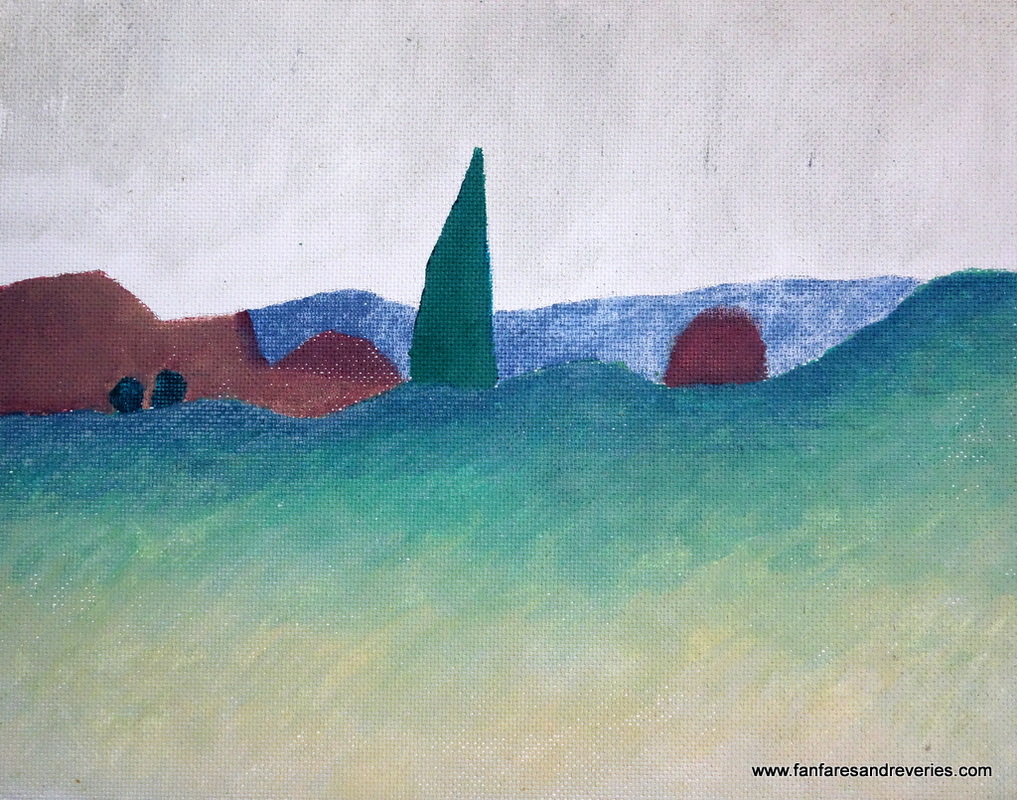
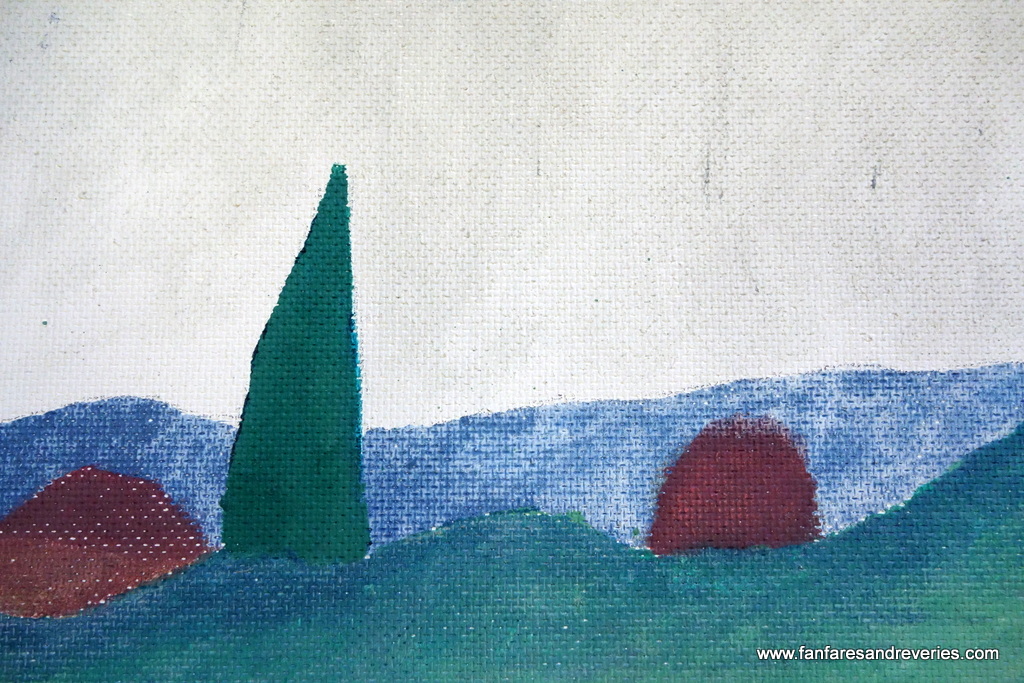
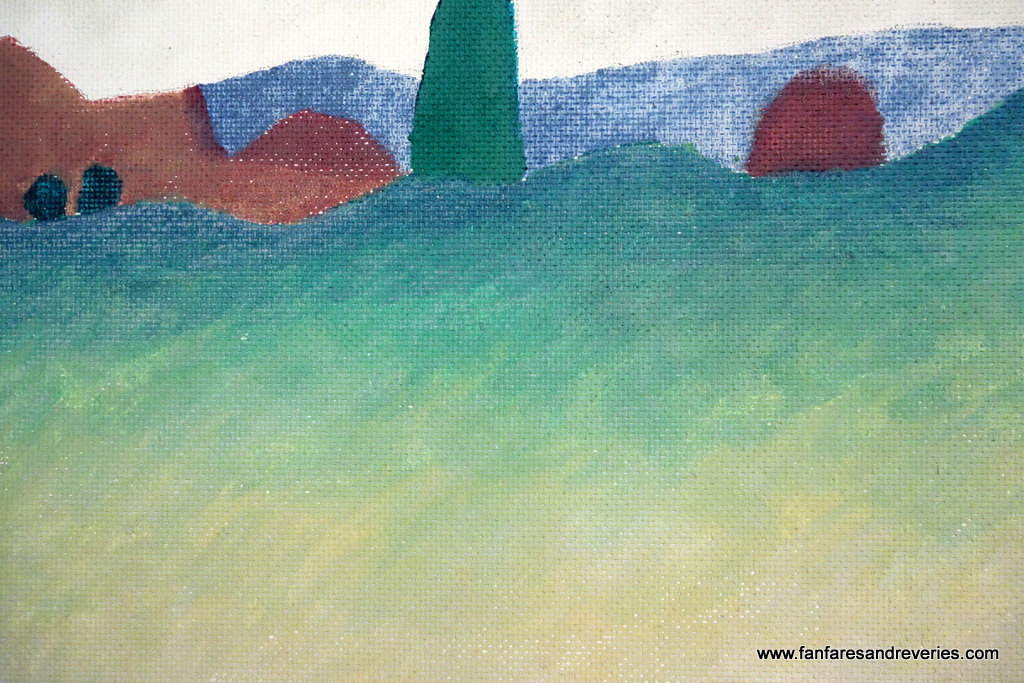
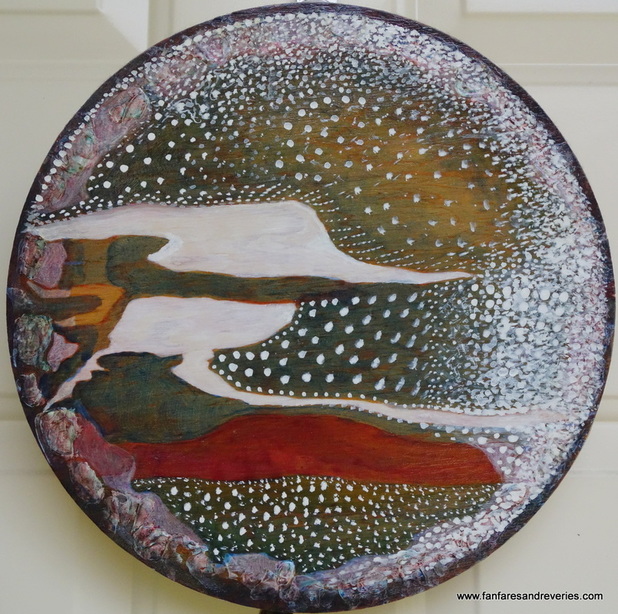
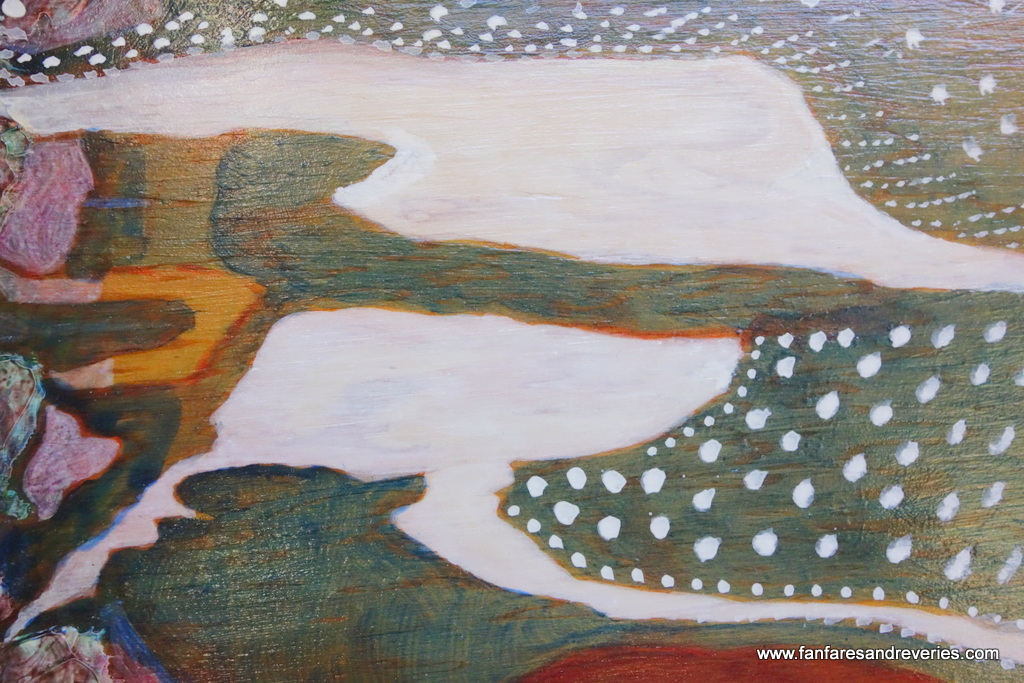
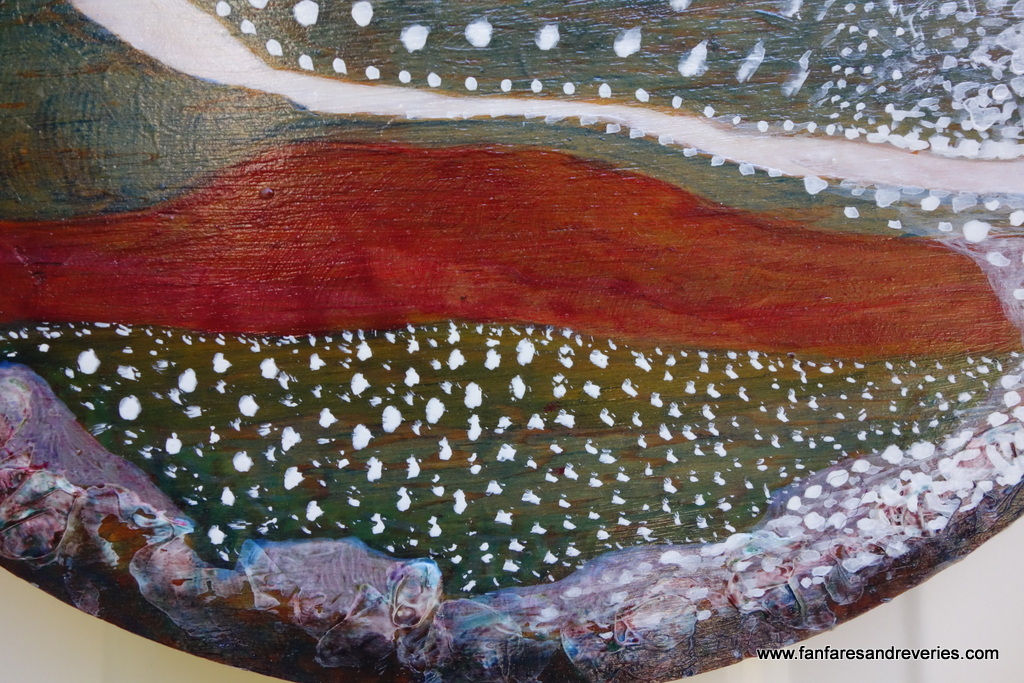
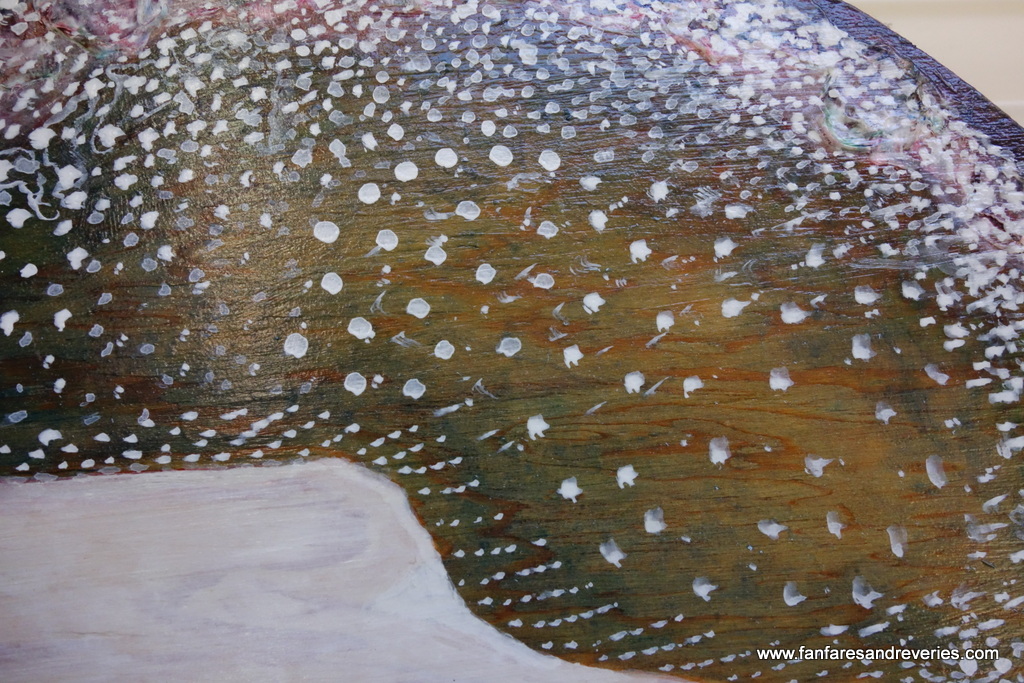
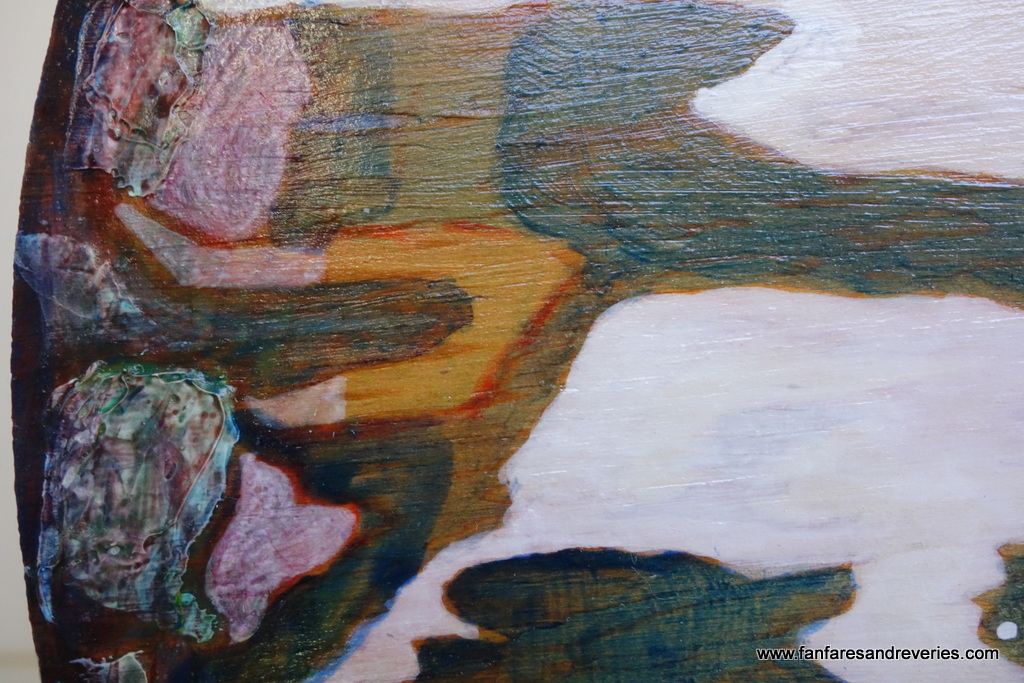
 RSS Feed
RSS Feed